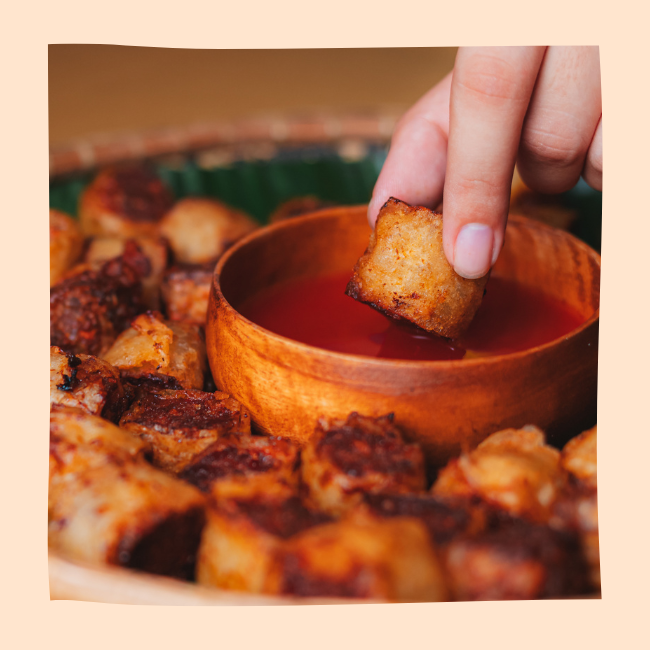Filipinos and the”sawsawan culture” at its best

Like its people and number of languages, the Philippine cuisine is diverse. Filipinos have a lot of dishes to choose from, as well as dipping sauces on their menus. Whether it’s fry food or soup, or even dessert, Filipinos love to add more kick to every taste. Vinegar balances the savor of oil, soy sauce makes fried, and grilled dishes stronger, and thick gravy-like sauce for street food makes it look more tempting. In short, it is never an absolute Filipino food without sawsawan.
Filipinos and the”sawsawan culture” at its best
Filipino food and cuisine
Filipino cuisine is a representation of the humble beginnings and resistance of the Philippines. During the pre-colonial period, the Southern Asian countries brought influenced in the Filipino foodscape, with vegetables, meat, fish, condiments, and spices. For the most part, the method of cooking was boiling, roasting with coal, and simmering with vinegar.
Cooking in a pot with vinegar and soy sauce is one of the methods to preserve food used way back in the early days. Following the foreign colonization, the local cuisine earned contributions from the influencers. Filipinos learned how to cook with oil in a wok and how to do certain meal cutting. Along with the adaptation of desserts like leche flan and brazo de mercedes, as well as the frozen portable food packages.

Sawsawan staples in Filipino cuisine
There are lists of staple Filipino dipping sauces. Filipino cuisine certainly uses most of the regular condiments as sawsawan in every meal course possible.
Soy sauce
Typically, soy sauce is paired with fried and grilled food. Many variants of it are mixed with squeezed calamansi or lemon to balance the oils and add more taste to dishes. It is best blended with chili and herbs.
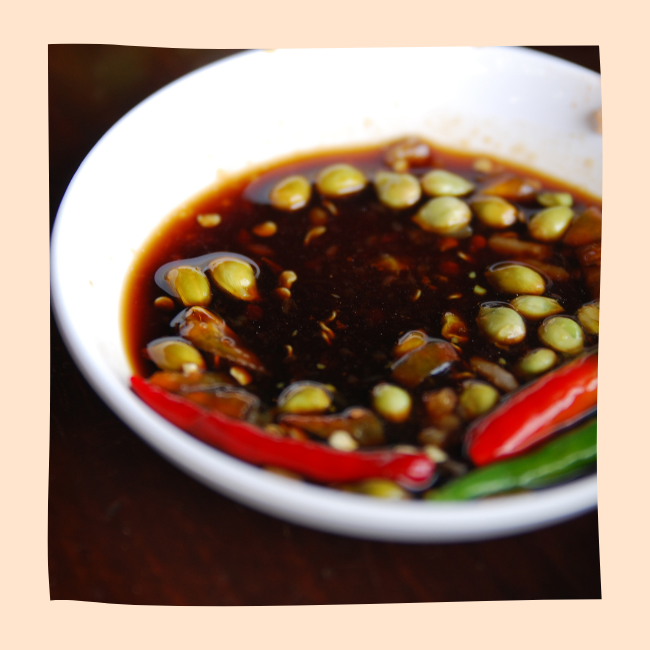
Vinegar
Often combined with chili, garlic, and onion. Vinegar gives sourness that makes crunchy snacks additional flavor. Similarly, vinegar goes well with Filipino street food.
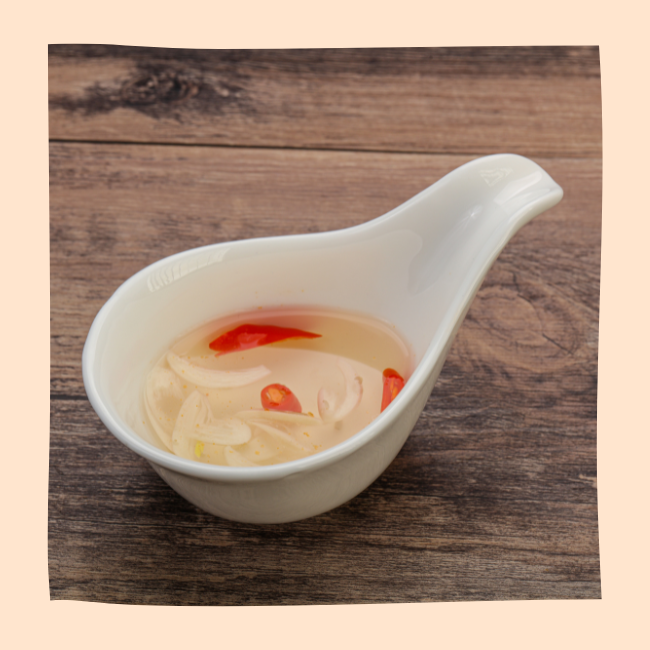
Shrimp paste (Bagoong/Alamang)
Shrimp paste is made from fermented small shrimp, that is sautéed with chili, garlic, onion, and sometimes meat. Oftentimes, shrimp paste is used for fried rice and paired with sour green mangoes in the Philippines.
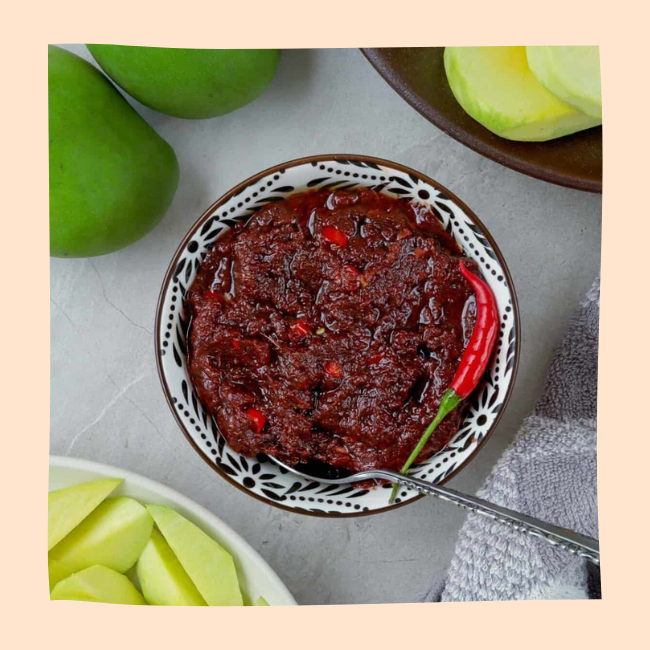
Fish sauce (Patis)
Broths and soups are common dishes in the Philippines, in which fish sauce comes to take part. It gives an extra-strong taste to bland soups. Apart from this, fish sauce is an alternative for salt when looking for a more dependable and Filipino condiment.
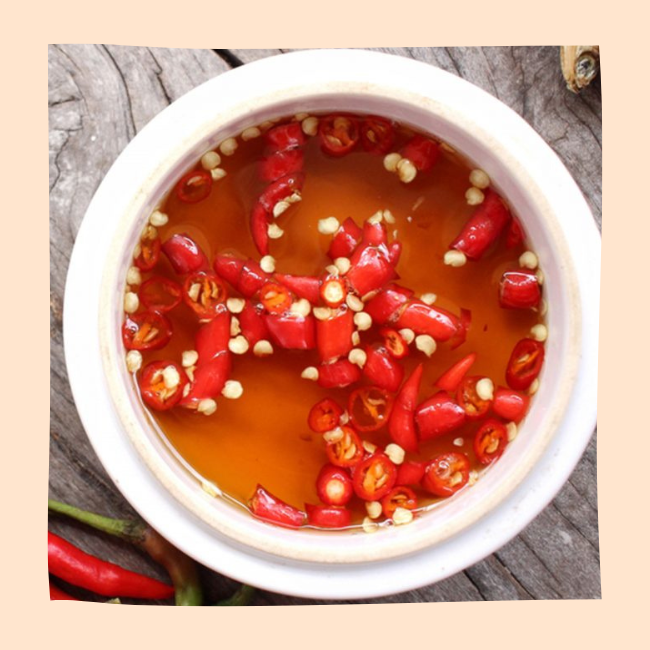
Pickled Papaya (Atsara)
Fermented fruits and vegetables are popular in the Philippines, especially during the colonial era, to provide and keep food for a large number of people. Filipinos believe that pickled papaya or atsara should be fermented to enhance its flavor and smell. Similar to Korean pickled radishes, Atsara is a good combination for every meal.
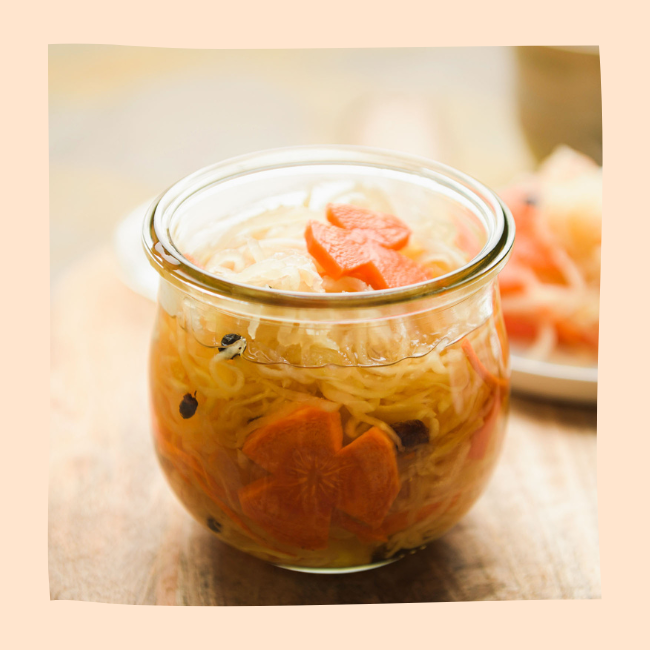
All-purpose sauce (Sarsa)
Sarsa is indeed a versatile sauce for Filipinos, paired with variants of food. From grilled chicken up to street food, it usually has a rich texture that creates a good eating experience.
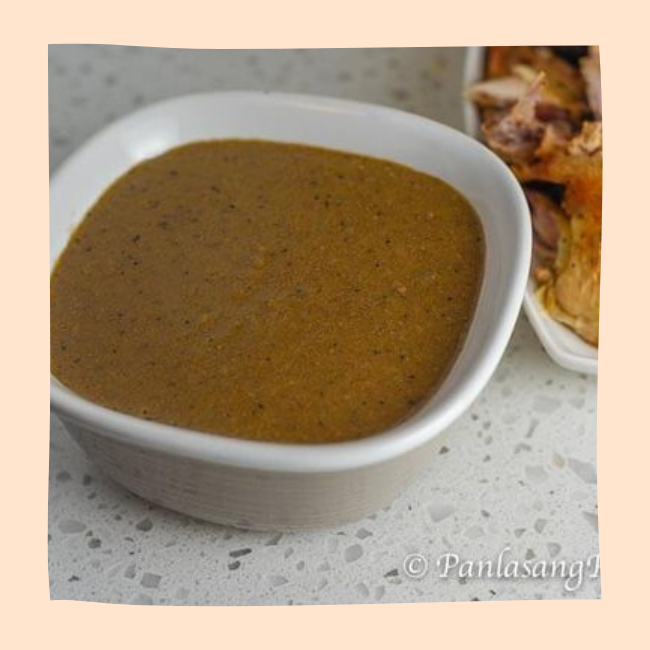
Ketchup
What’s Filipino-style spaghetti without ketchup? In the Philippines, locals love to put banana ketchup on their spaghetti and as a dipping sauce for finger food like potato fries and lumpia.
